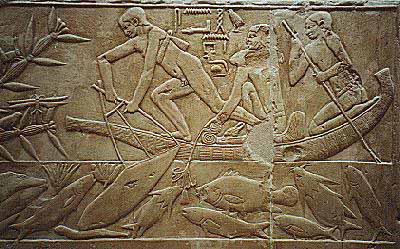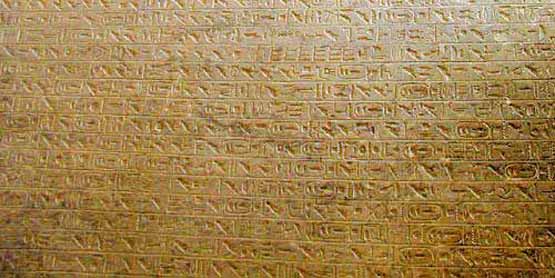Original name: The sites of Teti persist
Original height: 52.5 m / 175 ft
Base length: 78.5 m / 262 ft
Date of construction: 6th dynasty
Angle of inclination: 53°7'48"
Date of construction: 6th dynasty
Teti was the founder of the 6th Dynasty (2345-2181 BC). His pyramid was discovered in 1853 by Mariette, but it is mostly a pile of rubble in constant danger of being covered by the sand. There is a steep pathway that leads to the funerary chamber. The chamber ceiling is decorated with stars.
He ruled Ancient Egypt from 2323 till 2291 BC. His wife, Queen Ipwet, is the daughter of King Wenis who was the last king of the 5th Dynasty. The queen was the mother of Teti's heir, King Pepi I. Historians believe that she is the one that gave him the royal power. Almost all the major court officials of King Wenis remained in power during Teti's reign. The king was murdered by his guards for mysterious reasons.
Teti granted more lands to Abydos and his name was inscribed in Hatnub. He built a pyramid in Saqqara which is called by modern Egyptians the " Prison Pyramid". Most of his reign was not documented. Egyptologists discovered a statue of him made of black and pink granite. The statue is located at the Egyptian museum. Teti's son-in-law, Mereruka, was also his vizier. The Mastaba of Mereruka is located in Saqqara.
The pyramid of Teti is surrounded by some of the most important Mastabas of Saqqara. The pyramid itself has deteriorated due to human intervention. The burial chamber still holds hieroglyphic texts, the so-called 'Pyramid Texts'.

Relief showing fishermen in the mastaba of Kagemni, vizierand judge under three kings of the 5th and 6th Dynasties. The tomb is just north of the pyramid of Teti.
All over Saqqara you can find tombs from different periods.
Around the northern-most of Saqqara's pyramids is that of the 6th Dynasty Pharaoh Teti.
Adjacent to the pyramid are the mastabas (free-standing tombs of earlier periods) of his officials, some of whom had marvellous reliefs created for themselves.

Inside the Pyramid




0 comments:
Post a Comment